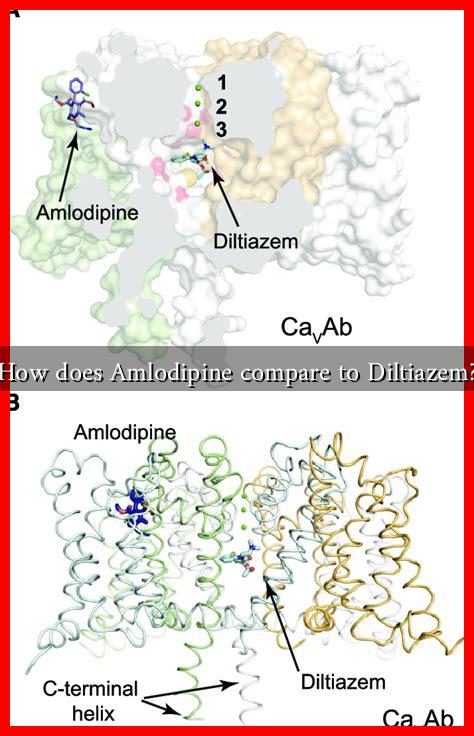-
Table of Contents
How Does Amlodipine Compare to Diltiazem?
Cardiovascular diseases are among the leading causes of morbidity and mortality worldwide. Hypertension and angina are two common conditions that require effective management. Amlodipine and diltiazem are two medications frequently prescribed to treat these conditions. While both belong to the class of calcium channel blockers, they have distinct mechanisms of action, uses, and side effects. This article explores how amlodipine compares to diltiazem, providing insights into their efficacy, safety, and clinical applications.
Understanding Amlodipine and Diltiazem
Amlodipine and diltiazem are both calcium channel blockers, but they differ in their chemical structure and pharmacological effects.
- Amlodipine: Amlodipine is a dihydropyridine calcium channel blocker primarily used for hypertension and chronic stable angina. It works by relaxing the blood vessels, which lowers blood pressure and reduces the heart’s workload.
- Diltiazem: Diltiazem is a non-dihydropyridine calcium channel blocker that not only lowers blood pressure but also has a direct effect on the heart. It is often used for hypertension, angina, and certain types of arrhythmias.
Mechanism of Action
The mechanisms of action for amlodipine and diltiazem highlight their differences:
- Amlodipine: Amlodipine selectively inhibits calcium ions from entering vascular smooth muscle and cardiac muscle. This leads to vasodilation, decreased peripheral resistance, and ultimately lower blood pressure.
- Diltiazem: Diltiazem not only inhibits calcium influx but also affects the conduction system of the heart. It slows down the heart rate and reduces myocardial oxygen demand, making it effective for treating angina and certain arrhythmias.
Clinical Applications
Both medications are effective in managing hypertension and angina, but their specific applications can differ:
- Amlodipine:
- First-line treatment for essential hypertension.
- Effective for chronic stable angina.
- Often used in combination with other antihypertensive agents.
- Diltiazem:
- Used for hypertension and angina.
- Effective in controlling heart rate in patients with atrial fibrillation.
- Can be used in patients with coronary artery disease.
Side Effects and Considerations
While both medications are generally well-tolerated, they come with potential side effects:
- Amlodipine:
- Common side effects include peripheral edema, dizziness, and flushing.
- Less likely to cause bradycardia compared to diltiazem.
- Diltiazem:
- Common side effects include dizziness, headache, and gastrointestinal disturbances.
- May cause bradycardia and heart block, especially in patients with pre-existing conduction abnormalities.
Case Studies and Statistics
Research has shown that both medications are effective in managing hypertension and angina. A study published in the Journal of Hypertension found that amlodipine significantly reduced systolic and diastolic blood pressure in patients with essential hypertension. Another study indicated that diltiazem was effective in reducing the frequency of angina attacks in patients with coronary artery disease.
According to the American Heart Association, approximately 45% of adults in the United States have hypertension, making effective treatment options like amlodipine and diltiazem crucial for public health.
Conclusion
Amlodipine and diltiazem are both valuable medications in the management of hypertension and angina, but they serve different roles in clinical practice. Amlodipine is primarily a vasodilator with fewer cardiac effects, making it suitable for a broad range of patients. In contrast, diltiazem offers additional benefits for patients with arrhythmias and those requiring heart rate control.
Ultimately, the choice between amlodipine and diltiazem should be guided by individual patient needs, underlying health conditions, and potential side effects. Consulting with a healthcare provider is essential for determining the most appropriate treatment plan.

